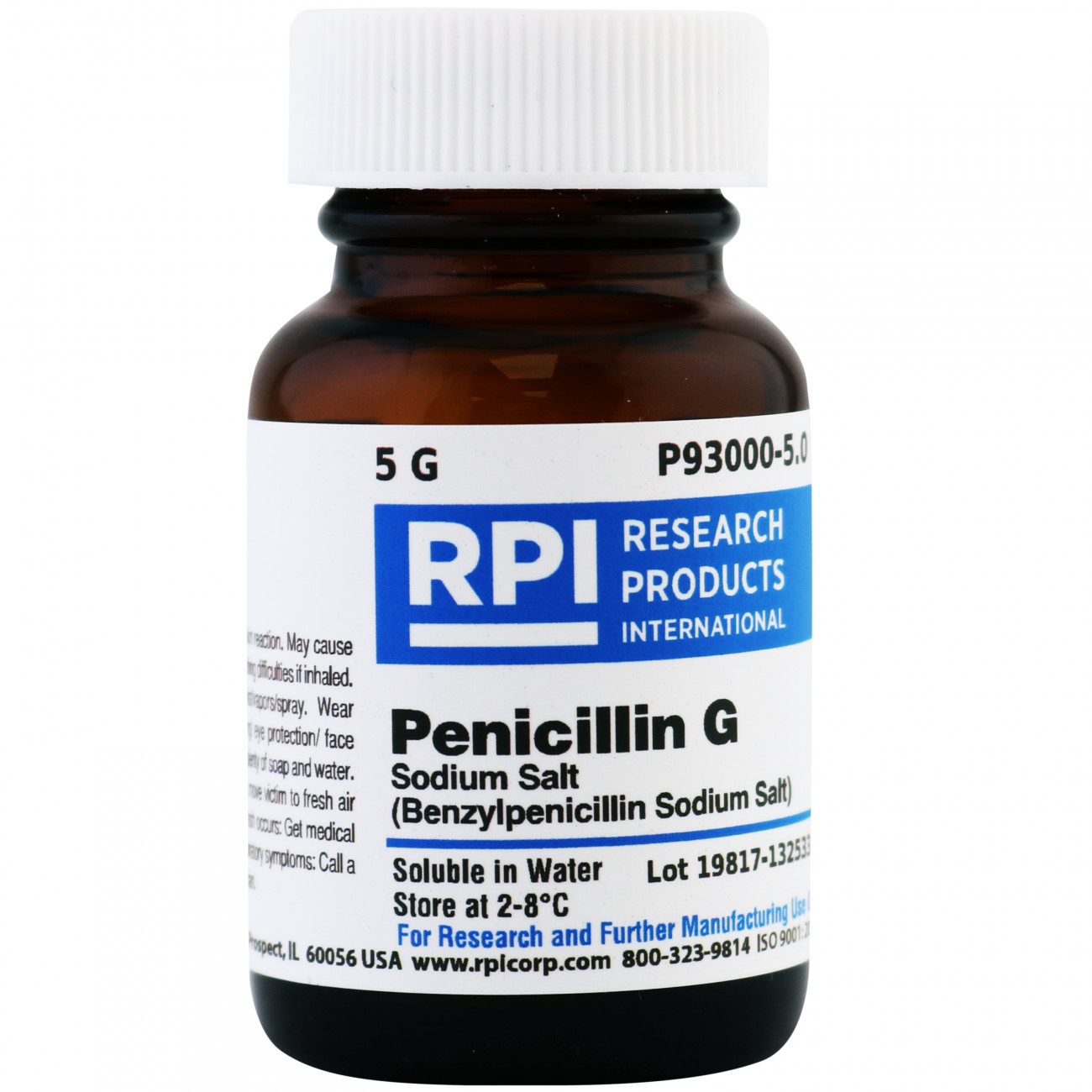What are the symptoms of syphilis?
Syphilis is a sexually transmitted infection caused by the bacterium Treponema pallidum, and it progresses through different stages, each with its own symptoms. In the primary stage, the most common sign is a painless ulcer or sore called a chancre, which appears at the site where the bacteria entered the body, such as the genitals, anus, or mouth. This sore is typically firm, round, and painless and usually heals on its own within a few weeks.
In the secondary stage, symptoms include a rash that can cover large areas of the body, often presenting as rough, reddish-brown spots. There may also be mucous membrane lesions, which are sores that appear in moist areas such as the mouth, genitals, or anus. Swollen lymph nodes throughout the body and flu-like symptoms such as mild fever, sore throat, and general malaise are also common.
During the latent stage, the infection remains in the body without causing noticeable symptoms. This stage can last for years, and if left untreated, syphilis can advance to the tertiary stage.
Tertiary syphilis can have serious effects, including the development of soft, tumor-like growths called gummas on the skin, bones, and organs. It may also cause cardiovascular issues, such as damage to the heart and blood vessels, and can lead to conditions like aneurysms. In some cases, it can affect the nervous system, resulting in symptoms such as headaches, altered mental status, vision problems, and coordination issues.
If you suspect you have syphilis or have been exposed to it, seeking medical attention is important for proper diagnosis and treatment. Syphilis can be effectively treated with antibiotics, particularly penicillin.
What are the causes of syphilis?
Syphilis is caused by an infection with the bacterium Treponema pallidum. The primary mode of transmission is through direct contact with syphilitic sores or ulcers during sexual activity, including vaginal, anal, and oral sex. The bacteria can enter the body through small cuts or abrasions in the skin or mucous membranes.
In addition to sexual contact, syphilis can also be transmitted from an infected mother to her baby during pregnancy, leading to congenital syphilis. This type of transmission can occur even if the mother does not have visible symptoms.
Less commonly, syphilis can be spread through direct contact with infected blood, but this is rare and typically occurs in cases involving sharing of needles or other equipment in drug use.
Syphilis is not spread through casual contact such as shaking hands, hugging, or using shared toilets. The bacterium requires direct, prolonged contact with an infected area to be transmitted.
What is the treatment for syphilis?
The treatment for syphilis primarily involves antibiotics, with penicillin being the most effective and commonly used medication. The specific treatment regimen depends on the stage of the infection:
- Primary, Secondary, and Early Latent Syphilis: Typically treated with a single dose of intramuscular penicillin G. For individuals allergic to penicillin, other antibiotics such as doxycycline or tetracycline may be used as alternatives, though they are not as effective as penicillin.
- Late Latent Syphilis: Requires a longer course of treatment, usually involving three doses of intramuscular penicillin G administered weekly.
- Neurosyphilis: Treated with intravenous penicillin G for 10 to 14 days. This stage requires more intensive treatment due to the involvement of the nervous system.
- Congenital Syphilis: Infants with congenital syphilis are treated with intravenous penicillin G for 10 days.
During and after treatment, follow-up testing is crucial to ensure the infection has been fully eradicated and to monitor for any potential complications. Regular follow-up visits with a healthcare provider are recommended to assess the effectiveness of treatment and to check for any signs of reinfection or complications.
It’s important for sexual partners to be tested and treated if necessary to prevent reinfection and further spread of the disease.

Leave a Reply
You must be logged in to post a comment.